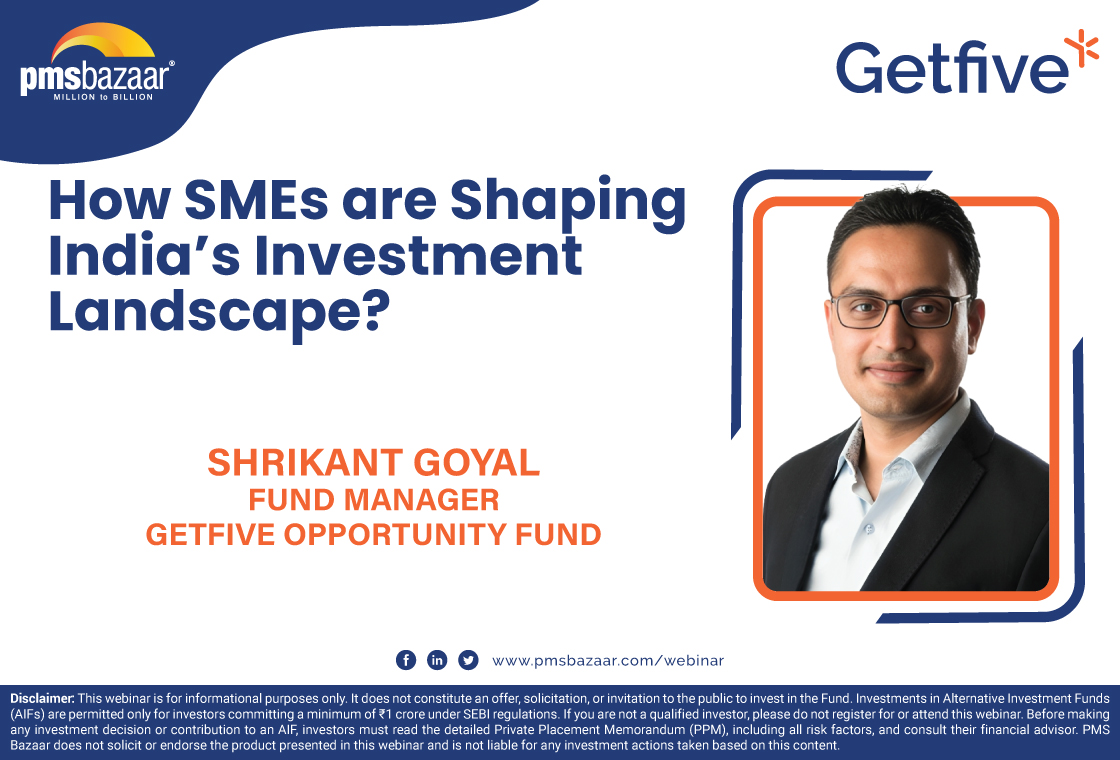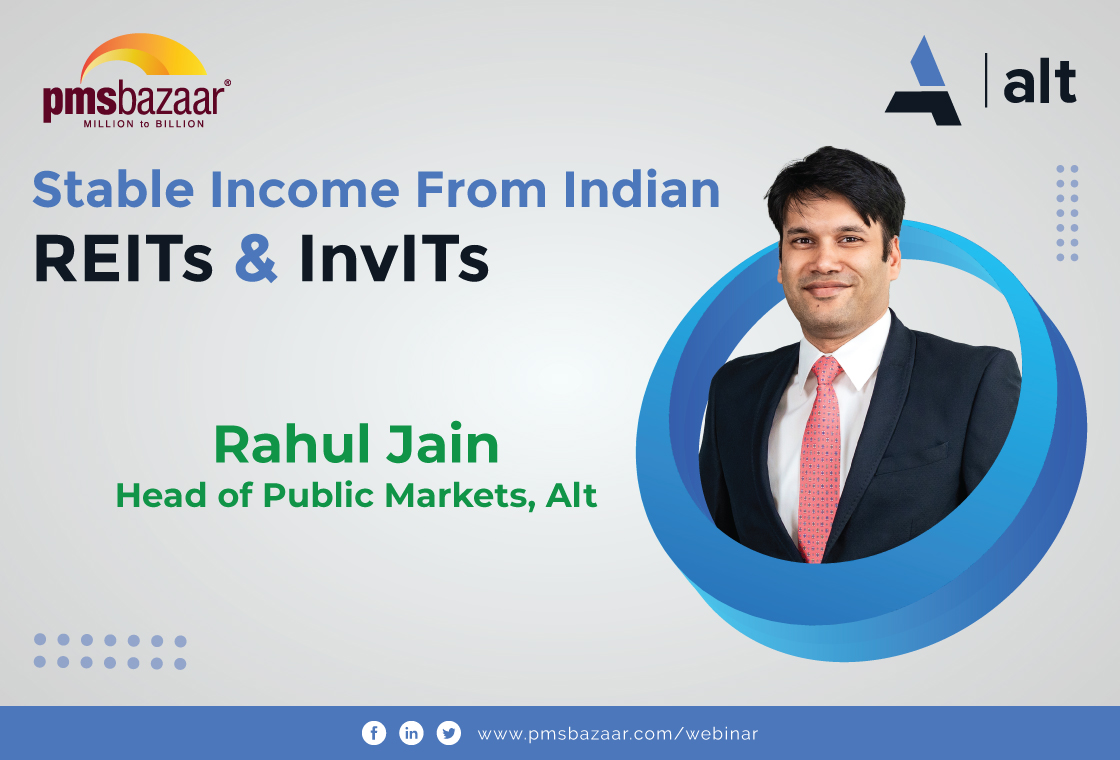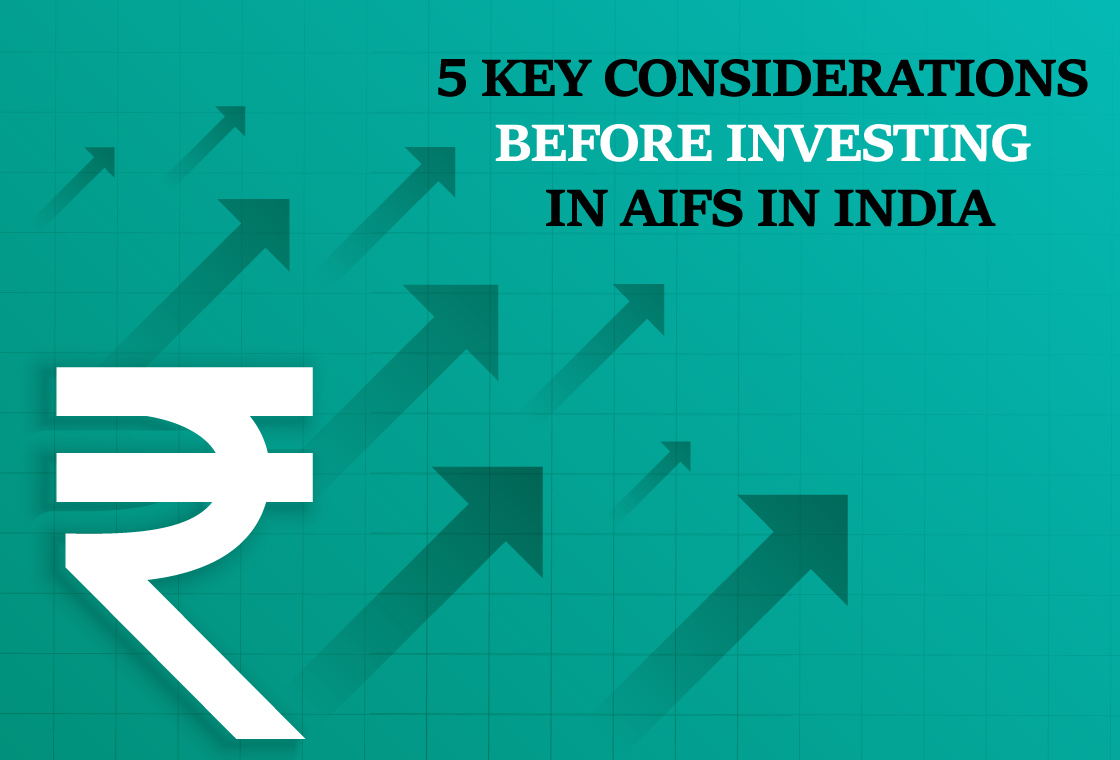Have you heard of the term PERMATAGA? This new concept explained by Vikaas M Sachdeva of Sundaram Alternates AMC denotes the alternative investment opportunities and how to capture them in the ever-changing market conditions.

PMS Bazaar conducted its second
edition of the Dubai Alternative Investment Summit (DAIS) on February
17, 2024. As part of this event, the company invited various industry experts
to share their insights on the Indian alternative industry. One such expert,
Vikaas M Sachdeva, Managing Director of Sundaram Alternates, presented the
alternative investment opportunities available in India. His topic on the event
day was: The rise and rise of PERMATAGA.
Read on to understand more about
what he meant by PERMATAGA.
Vikaas M Sachdeva started his presentation by emphasising the importance
of change in our ever-evolving world and introduced the concept of PERMATAGA,
which stands for Permanent State of: There Are Good Alternatives.
Sachdeva highlighted the rapid pace
of change, citing examples like the transition from horse-drawn carts to cars.
He showcased a global hierarchy demonstrating that dominance in trade and
market performance is fleeting, with new investment themes emerging every
decade. He traced this evolution from European stocks in the 1950s to the Nifty
50's success in the US in the 1960s, the oil shock-driven rise of emerging
markets in the 1970s, Japan's dominance in the 1980s followed by their
stagnation, the dot-com boom of the 1990s, the BRICS formation in the 2000s,
and finally, the 2010s saw the US dominate, primarily through FAANG stocks. He
pointed out that markets have to wait to see what the 2020 decade will bring.
Sachdeva emphasised the
unpredictability of events and recoveries, underlining how even traditionally
uncorrelated assets like equities and bonds can move in tandem during crises.
He stressed the need for diversification beyond geographical boundaries due to
rising volatility across countries.
Sachdeva then pointed to the shifts
within India, including evolving consumer preferences, a move away from
traditional investments, increasing retail participation in capital markets,
and a digital payments boom. He also noted the changing source of credit,
shifting from banks to mutual funds and alternative investments. This is where
PERMATAGA comes in. He explained a trend across Asia, where AIFs are
capitalising on the opportunity presented by the void left by Banks and NBFCs
in the private credit sector.
The opportunities in alternative investments
In this ever-changing landscape,
Sachdeva argued, suitable alternative investments exist to curate and capture
pockets of growth. He highlighted various alternative asset classes such as
venture capital, private equity, private credit, real estate, long-only funds,
and hedge/long-short funds. He emphasised the ability of Alternative Investment
Funds (AIFs) to offer long-short funds and cater to the need for
diversification and low correlation to public markets.
Sachdeva asserted that PERMATAGA is
playing out, with each alternative asset class witnessing steady growth. He
painted a picture of India's evolving alternative investment landscape,
showcasing the surge in total committed capital from around 11,000 crore in
FY13 to over Rs 10 lakh crore in FY24.
He concluded by stating that
enablers like ROSE (Robust Risk Management, Optimal Risk-Adjusted Returns,
Seamless Experience, and Emphasis on Quality) are crucial to be a participant
or orchestrator in this transformative environment. He showcased data from a
Morgan Stanley study where allocation to alternatives reduces the portfolio's
overall volatility and improves the potential to generate more returns. He
expressed confidence that these enablers, coupled with his team, product
offerings, and experience, will capitalise on India's PERMATAGA.
Watch the entire presentation - data-backed insights and other supporting factors for investing in Indian alternative assets.
Get access to rich data and analytics of PMS & AIF by subscribing to us. Join the 60000+ investors & experts now: Subscribe NOW
Recent Blogs

Long-Only AIFs Rebound Sharply in October; Long-Short Strategies Lag Despite Lower Volatility
106 long-only AIFs averaged 3.68% vs 32 long-short AIFs at 2.7%; only 24–31% of funds beat key indices

Markets log strongest monthly gains in 7 months; PMS performance turns near-uniform in October
Nifty 50 TRI gained 4.62%, BSE 500 TRI rose 4.27%; 415 of 427 equity PMSes ended positive

How SMEs are Shaping India’s Investment Landscape?
PMS Bazaar recently organized a webinar titled “How SMEs are Shaping India’s Investment Landscape?” which featured Mr. Shrikant Goyal, Fund Manager, GetFive Opportunity Fund.

Stable Income from Indian REITs and InvITs
PMS Bazaar recently organized a webinar titled “Stable Income from Indian REITs and InvITs,” which featured Mr. Rahul Jain, Head of Public Markets, Alt.

5 Key Considerations Before Investing in AIFs in India
Alternative Investment Funds (AIFs) have emerged as a compelling option for sophisticated investors seeking diversification and potentially superior returns. But venturing into AIFs requires a clear understanding of their unique characteristics that go beyond simply knowing what they are and their categories.

How AIF can help in diversification?
Traditionally, Indian investors have relied on a mix of stocks and bonds to build their wealth. While this approach offers diversification, it can still leave your portfolio vulnerable to market fluctuations. Enter Alternative Investment Funds (AIFs), a dynamic asset class gaining traction for its ability to unlock diversification beyond the realm of conventional options.

Long-Short AIFs Outperform Again Even as Markets Rebound in September
104 long-only funds shows an average monthly gain of just 0.37 per cent, while long-short AIF category averaged 0.94 per cent

Resilience returns as markets rebound in September; Multi-asset PMSes lead pack
Over 63% of equity PMSes ended September in green; nearly two-thirds outperformed key benchmarks.

